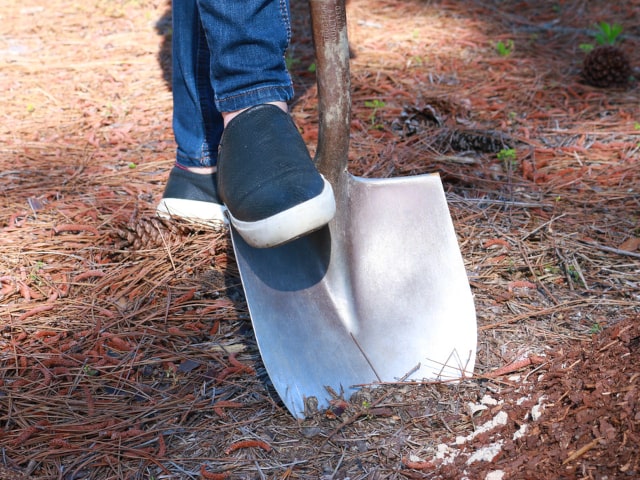
Deep root fertilization is often recommended and very useful for your plants. However, many gardeners do it wrong. It's not enough to simply inject fertilizer into the soil a few inches deep. It's very important to do it correctly. Along with deep root watering, deep fertilization is one of the plant care methods many gardeners do wrong.
What is Deep Root Fertilization?
Don't be fooled by this "fancy" name. There is nothing special about deep root fertilization. In fact, you can do it without any professional help. Deep root fertilization simply means fertilizing your plants at the depth of the roots. For many plants, it means applying fertilizer only a few inches beneath the surface of the soil.
If you have trees and large shrubs in your garden, the process is a bit more complex, since the root system is larger and possibly deeper.
The main advantage of this method is that you're applying fertilizer beneath the surface of the lawn, so you are able to apply high amount of fertilizer without damaging your lawn or causing it to have dark green spots of tall grass where the fertilizer is applied. If this amount of fertilizer is applied directly to the lawn, and due to the "saltiness" of the fertilizer, your grass would normally die.
It's also important to note that lawn grasses are fertilizer "hogs". They have fibrous root system so they take fertilizer, especially some of its elements such as nitrogen, quickly and easily from the soil. Thus, they prevent the fertilizer to reach deeper rooted trees and shrubs.
By applying your fertilizer directly to the roots, beneath the soil, you are preventing this from happening. It's important to use a complete fertilizer, the one containing all 3 vital elements: nitrogen, phosphorus and potassium. This method places the slower moving phosphorus and potassium directly to the roots to feed them.
How is Deep Root Fertilization Done?
Most commercial companies use liquid fertilizers and inject them with a special "soil needle" or deep root feeder. It's a probe connected to a tank on the back of a truck containing fertilizer. The liquid fertilizer is injected into the soil under high pressure using a hose and a pump.
Some of the complex units enable technicians to squeeze the handle on the injector (which is a probe with holes in it to easily apply the fertilizer under the ground). This way, it's possible to inject a very precise amount of fertilizer. This makes the process very quick, since it's possible to apply fertilizer in dozens of places under the tree at a rapid speed.
If you choose to use commercial services, pay close attention on how deeply they push the injector. If it's pushed too deeply, the fertilizer will end up beyond the plant roots so a large amount will be wasted. If it's not pushed deep enough, then you may end up with burn spots on your lawn. These burn sports are less common in winter, but it's still best to avoid them.
Do it Yourself
If you wish, you may apply deep root fertilization all by yourself. You will need fertilizer stakes and pound them into the soil a few inches beyond the soil surface. It's also possible to do it by irrigating your lawn and while the soil is still moist, push a shovel into the soil. Keep the spacing about two feet apart under the canopy.
Push the shovel all the way and slightly forward, so the slit cut made by the shovel is open. Drop fertilizer into the open slit. After this, pull the shovel out and push the slit closer. Irrigate right after you apply the fertilizer.
In case you use drip irrigation you can't apply this method. In fact, if you're using drip irrigation it's questionable whether you need deep root fertilization in the first place. In this case, all of the fertilizer will be pushed by watering from the emitters.
If you grow your trees and shrubs in a rock or desert landscape, they can't grow like they would in a lawn. With drip irrigation, roots grow near the emitters and don't go "searching" for water nor do they grow toward water. If you use drip emitters, it's best to simply apply the fertilizer in slits next to the emitters. Alternatively, you may use tree fertilizer stakes at the emitters.
Photo credit: Alabama Extension
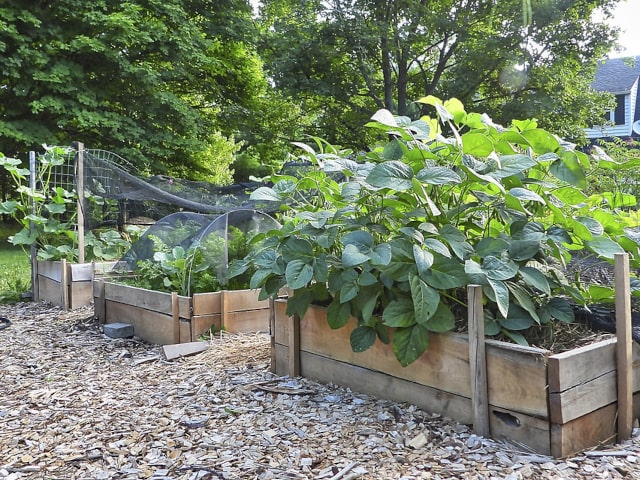
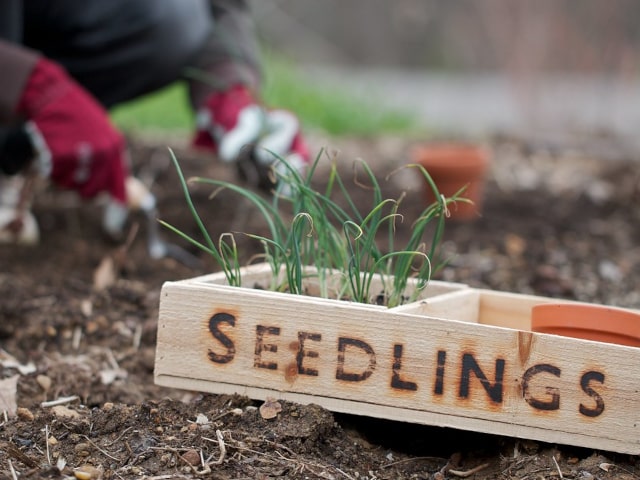
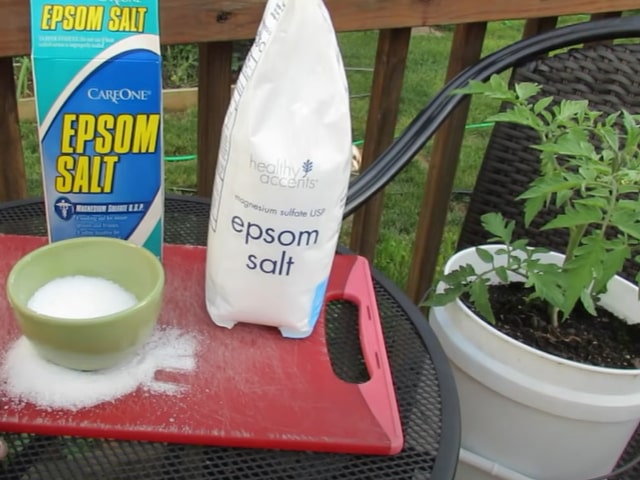
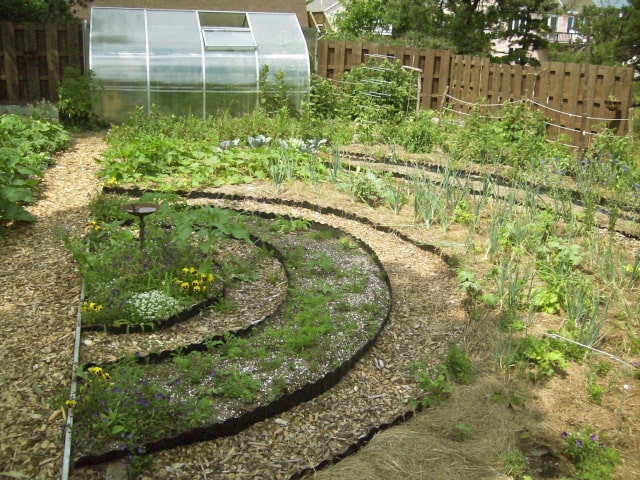
0 Comments